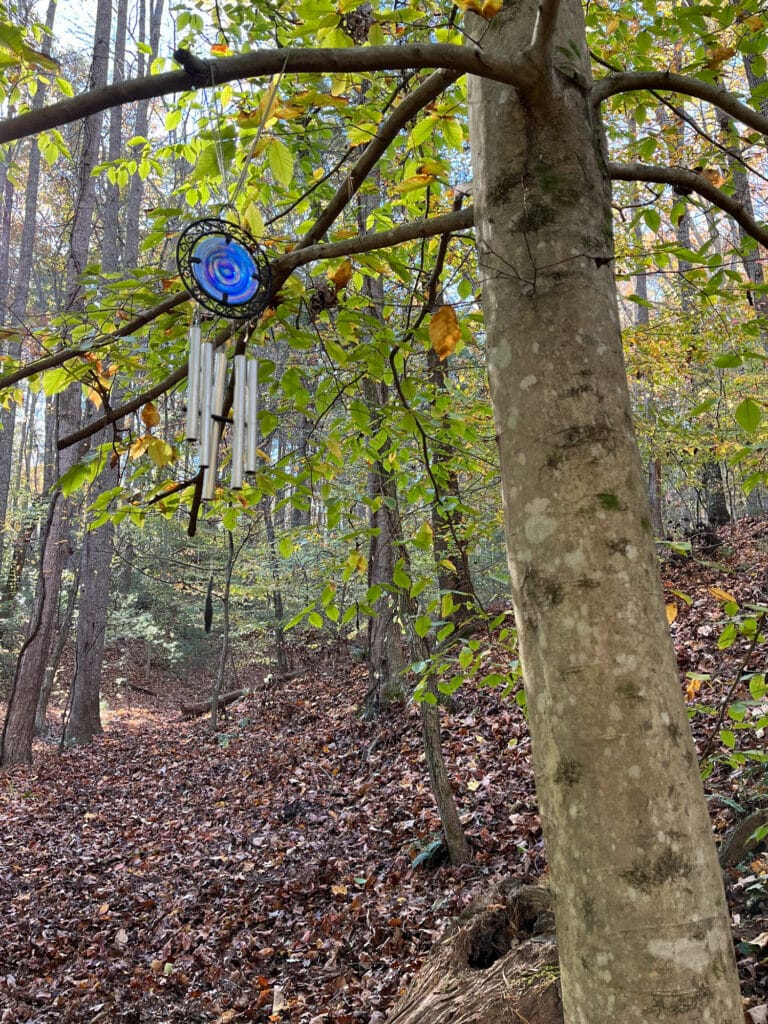The vast majority of the 12,500 chemicals used by the $50 billion beauty industry have never been assessed for safety.
Dear EarthTalk: I know that there are many issues with personal care products being unsafe for our health, but where do I look to find out what’s safe and what’s not?
— Mary Pulaski, Trenton, NJ
The average American uses about 10 personal care products each day, resulting in exposure to some 100 unique chemicals. But the vast majority of the 12,500 chemicals used by the $50 billion beauty industry have never been assessed for safety, according to the Campaign for Safe Cosmetics (CSC), a coalition of eight non-profits concerned about the health of cosmetics and personal care products.
“Many of these chemicals are linked to adverse health effects like cancer, birth defects and other serious health issues,” CSC reports. And with cosmetics chemicals showing up in breast milk and umbilical cord blood, not to mention rivers, lakes and drinking water aquifers, it is indeed a problem that affects us all.
Unfortunately for American consumers, these products aren’t held to the same high safety standard as foods and drugs in the United States, and as such manufacturers do not have to disclose ingredients on their products’ labels. That means it’s up to consumers to educate themselves as to what products to buy and which to avoid if human health and the environment are concerns.
To the rescue comes the non-profit Environmental Working Group (EWG), which launched its SkinDeep database back in 2004 to give consumers a way to learn about what’s in the products they use on their skin and bodies. Today, SkinDeep—which is free to use and has a user-friendly, keyword-searchable interface—features health and safety profiles on 69,000 different cosmetics and personal care products.
“Our aim is to fill in where industry and government leave off,” reports EWG, whose researchers cross-reference hundreds of safety studies and nearly 60 toxicity and regulatory databases against thousands of product ingredient labels to help consumers find the safest cosmetics and personal care items.
Beyond searching for your most frequently used creams, gels and elixirs to get the low-down on their safety, users can also learn what to avoid by browsing the site’s “What Not to Buy” section. Harsh soaps, anything with chemical fragrances, many nail polishes and most dark permanent hair dyes top the list of products health-conscious consumers should steer clear of—or at least check out on SkinDeep. The website lists safer versions of all these product types for those who just can’t live without.
But public health advocates and environmentalists alike, of course, would prefer that all personal care products could be trusted to not be rash-inducing, carcinogenic or otherwise harmful. CSC has been lobbying Congress about the need for stricter laws and U.S. Food and Drug Administration (FDA) oversight, and last year was instrumental in getting the Safe Cosmetics Act (HR 2359) introduced into the House of Representatives. While the bill stalled in committee, it would have required the FDA to create a list of specific contaminants likely to be found in certain cosmetics ingredients and provide testing protocols to determine which ones qualified for warning labels, phase-outs or outright bans. Whether a similar bill will come up again anytime soon remains to be seen. In the meantime, consumers should make sure to visit the SkinDeep database before lathering up.
CONTACTS: EWG’s SkinDeep Database, www.ewg.org/skindeep; CSC, www.safecosmetics.org.
EarthTalk® is written and edited by Roddy Scheer and Doug Moss and is a registered trademark of E – The Environmental Magazine (www.emagazine.com). Send questions to: [email protected]. Subscribe: www.emagazine.com/subscribe. Free Trial Issue: www.emagazine.com/trial.








